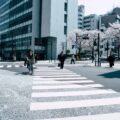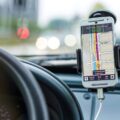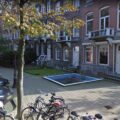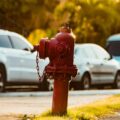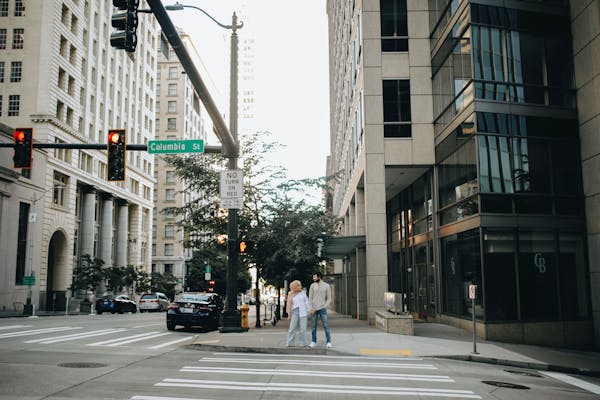
Public spaces reveal more about people than we often realize. They act as open, unscripted stages where individuals move, react, and interact without thinking much about how their actions are seen. Whether it’s in parks, train stations, or sidewalks, behavior in these areas gives us insight into our shared habits and social boundaries.
While some behaviors are amusing, others point to deeper patterns that have real consequences. In a world where cities grow more crowded, understanding these patterns is more important than ever.
How People Act When No One’s Watching
Across the country, everyday behavior in public spaces follows loose, unwritten rules. People check their phones while walking or wait until the last second to cross the street. These moments appear simple, but they highlight how people respond to their surroundings.
A Pew Research Center survey found that many Americans believe public behavior has worsened since the coronavirus pandemic. 47% of U.S. adults feel people are behaving more rudely in public than before the pandemic. Conversely, 44% believe public behavior has remained the same, and only 9% think people are acting more politely.
Moreover, people often break small rules when they feel rushed or are part of a group. This includes jaywalking, ignoring crosswalk signals, or blocking pedestrian paths. These actions aren’t always done out of carelessness. Sometimes they are responses to how the space is designed or how others around them are acting.
A study in Wiley highlights that the design and perceived quality of public spaces are social determinants. When spaces are designed with inclusivity, accessibility, and sociability in mind, they catalyze the formation of strong, resilient communities. Conversely, when poorly designed or inaccessible, they contribute to social alienation and a decline in community participation.
Built Environment vs. Human Behavior
The design of public spaces has a strong influence on how people behave. When sidewalks are narrow or full of cracks, pedestrians tend to step into the street. If crosswalks are too far apart, jaywalking becomes more common. This isn’t defiance—it’s often a reaction to poor planning. Therefore, policymakers should design spaces that ensure easy navigation.
However, a study in ScienceDirect underscores that building walkable communities is only half the battle. The other half is ensuring that walking is safe. If the United States hopes to reverse its troubling rise in pedestrian deaths, it must go beyond walkability scores. We should focus on the holistic safety of its walking environments.
Public place injuries often stem from small decisions like crossing too soon, walking too close to traffic, or riding scooters in pedestrian areas. Furthermore, design flaws are everywhere, for example, missing signs, unlit alleys, and uneven pavement. These issues push people to act in ways that aren’t safe, even if they don’t mean harm. The built environment doesn’t just support movement—it also shapes behavior.
When Routine Behaviors Lead to Real Harm
While many instances of public behavior seem harmless, they can sometimes result in serious outcomes. According to the GHSA, pedestrian deaths have increased by 48% over the last decade. Pedestrian deaths are now 12% higher than in 2019, showing a consistent upward trend since 2014. Most of these were not the result of reckless driving alone but of shared risk between pedestrians and vehicles.
Texting while walking, stepping into the street without looking, and using headphones in traffic-heavy areas increase the chances of accidents. People often don’t realize how these small habits affect their safety until it’s too late.
For example, Atlanta News First reported that a man died after a hit-and-run incident that happened overnight in southwest Atlanta near Cascade Park. Officers responded to a report of an accident at the intersection of Campbellton Road SW and Childress Drive SW.
In cities like Atlanta, where busy intersections and poor signage are common, injury rates are among the highest in the country. In such environments, understanding public behavior is key to reducing risk.
However, if you meet with such accidents (like the above), consulting an experienced personal injury law firm becomes critical. The Atlanta Personal Injury Law Firm highlights that a lawyer will fight on your behalf for compensation and your lost income. They will also work with you to help you understand what could be done after a public space incident.
Accidents in public spaces aren’t always dramatic. They build from patterns of behavior, worn-down systems, and designs that don’t match how people move.
Social Norms in Public
What people consider “normal” in public spaces keeps evolving. A few years ago, vaping in open areas sparked debates. Now, it’s common in many cities. E-scooters went from rare to unavoidable, often sharing sidewalks with pedestrians. These changes in behavior reflect shifts in how society defines acceptable public conduct.
Some cities saw a rise in public loitering and tent cities. With more people working remotely, public spaces became makeshift offices, meeting spots, and rest areas. This reshaped how we understand crowding, privacy, and space-sharing.
Moreover, NPR reported that over 100 U.S. cities and towns have passed laws banning people from sleeping outdoors in the USA. This was allowed after the Supreme Court made it easier for local governments to enforce anti-camping laws.
FAQs
What is the psychology of public spaces?
The psychology of public spaces explores how design, layout, and atmosphere influence human behavior, emotions, and social interactions. Well-designed public spaces promote safety, inclusivity, and community engagement, while poorly designed ones can cause stress, isolation, or avoidance.
What attracts people to public spaces?
People are attracted to public spaces that feel safe, accessible, and vibrant. Features like natural elements, seating, social activities, and aesthetic design encourage relaxation, interaction, and a sense of belonging, making these spaces enjoyable. They also invite diverse groups.
How do the surroundings affect human behavior?
Surroundings significantly influence human behavior by shaping mood, focus, and social interaction. Clean, well-lit, and aesthetically pleasing environments promote calmness and engagement, while cluttered or chaotic settings can lead to stress or distraction.
Human behavior in public spaces is shaped by more than just personal choice. It’s guided by environment, design, social norms, and perceived risks. Every crosswalk delay or sidewalk shortcut tells us something. By paying attention to these signals, city planners, designers, and residents can work together to make public spaces safer.

